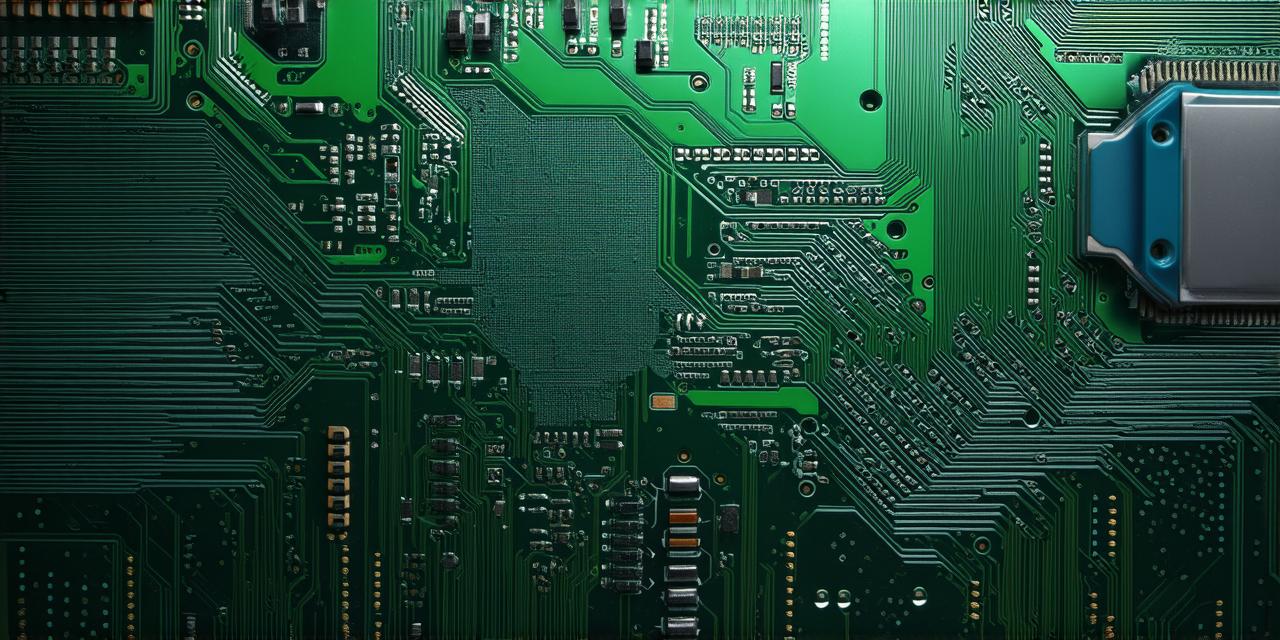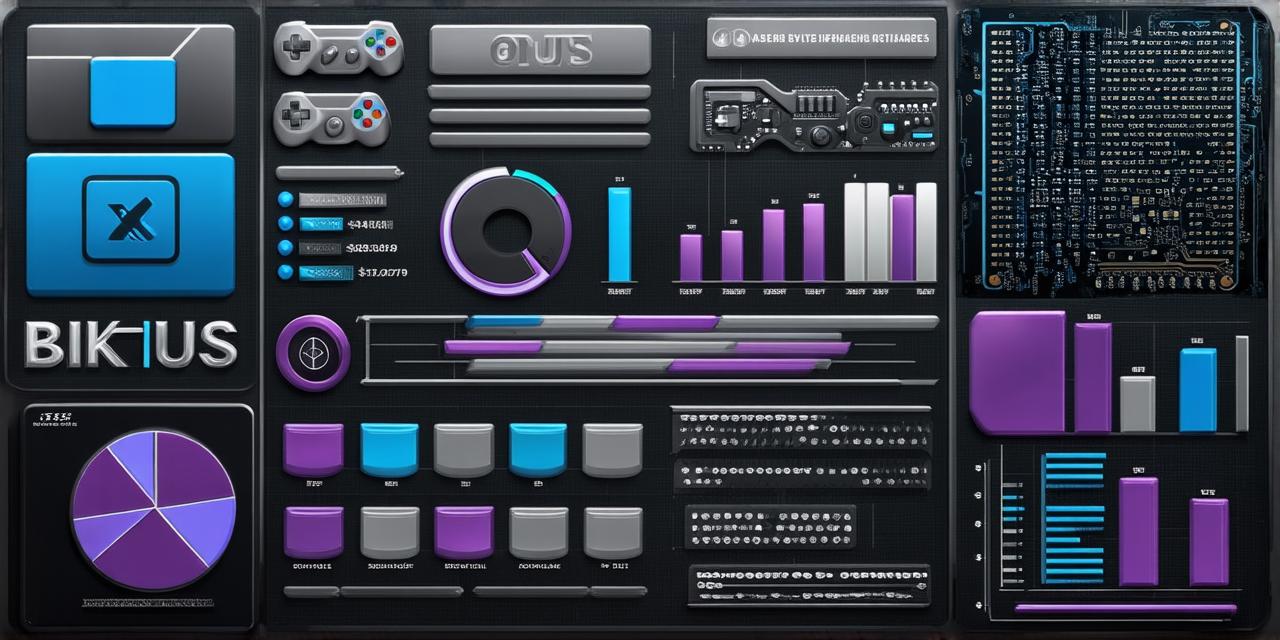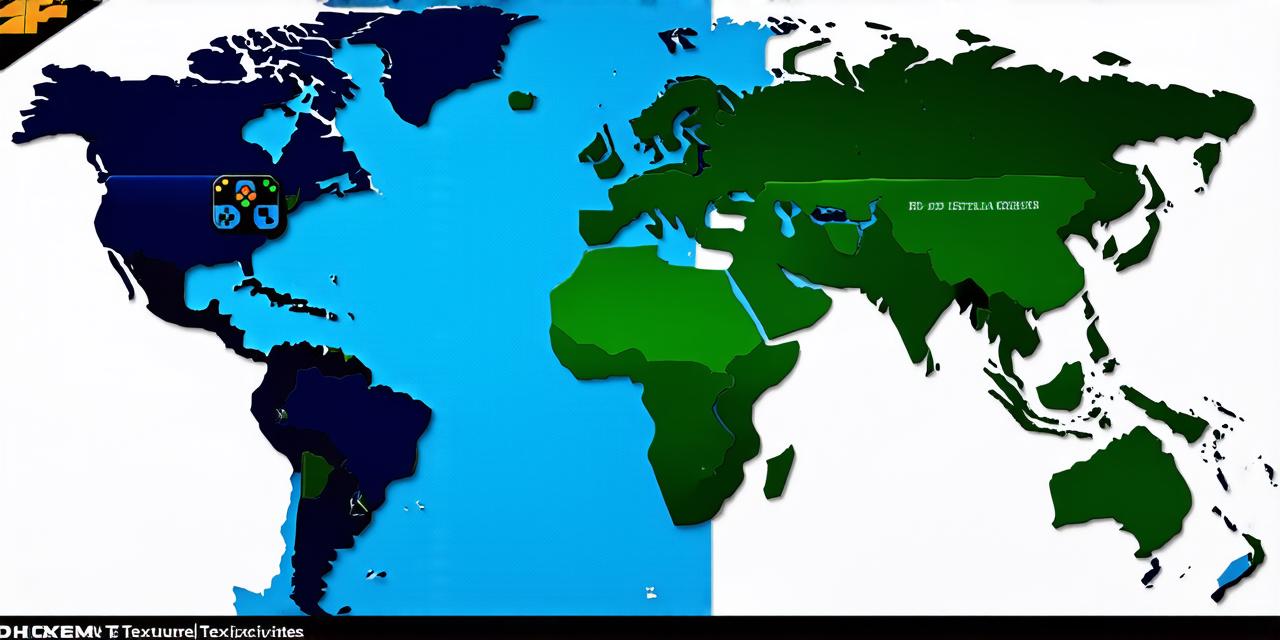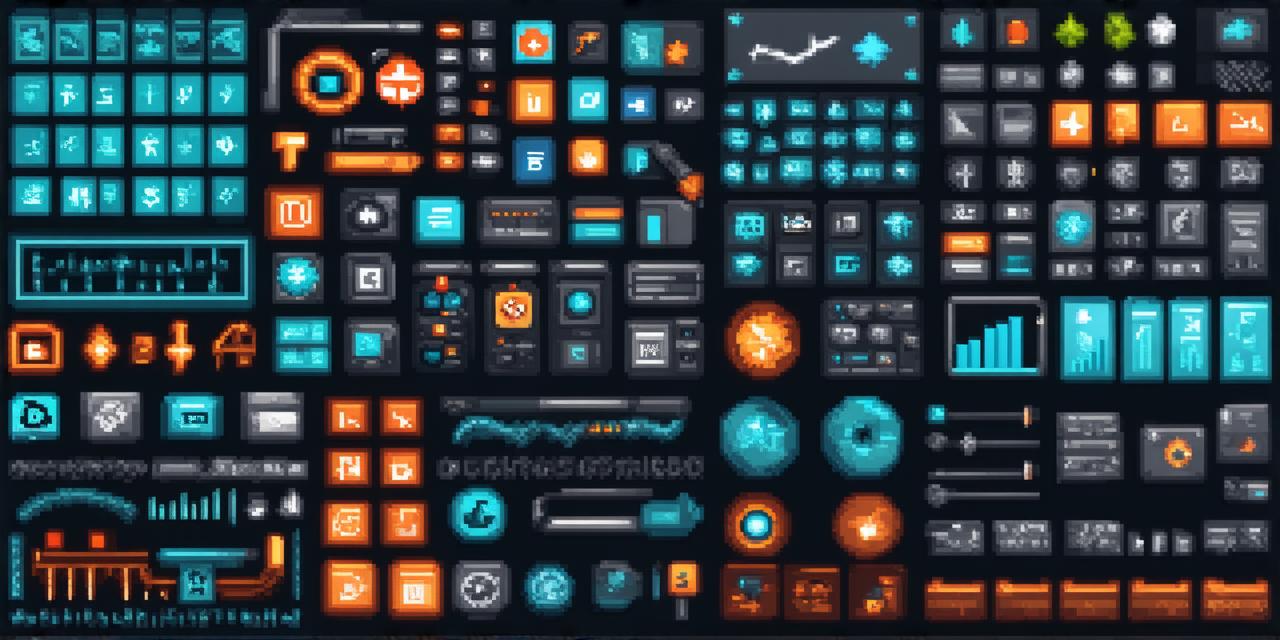How Game Developers Use Geometry to Enhance Player Experience
Geometry is often overlooked in game development, but it plays an essential role in creating immersive and engaging player experiences. In this article, we will explore how game developers use geometry to create visually appealing environments, improve performance, and enhance gameplay mechanics.
Creating Immersive Environments with Geometry
One of the most important aspects of game development is creating immersive environments that players can interact with. Game developers use geometry to create detailed and realistic environments that players can explore.
For example, in a first-person shooter game, the geometry of the environment can greatly impact the player’s experience. If the environment is poorly designed, it can lead to disorientation and make it difficult for players to navigate. In contrast, well-designed environments can provide a sense of familiarity and immersion that keeps players engaged for longer periods of time.
Improving Performance with Geometry
Another key aspect of game development is improving performance. Game developers use geometry to optimize the game’s rendering and reduce the load on the player’s computer.
For example, in a racing game, the geometry of the tracks can greatly impact the game’s performance. If the track is poorly designed, it can lead to lag and make it difficult for players to control their vehicles. In contrast, well-designed tracks can provide smooth and responsive gameplay that keeps players engaged.
Enhancing Gameplay Mechanics with Geometry
Finally, game developers use geometry to enhance gameplay mechanics. For example, in a platformer game, the geometry of the environment can greatly impact the player’s movement.
If the environment is poorly designed, it can lead to frustration and make it difficult for players to progress through levels. In contrast, well-designed environments can provide intuitive and challenging gameplay that keeps players engaged.
Case Study: The Geometry of Portal 2
Portal 2 is a popular puzzle-platformer game that uses geometry in innovative ways to enhance the player experience. The game’s levels are filled with intricate puzzles that require players to use geometry to solve them.
For example, one level requires players to use portals to create a bridge that spans a large gap. This requires players to think creatively and use their understanding of geometry to create a solution that works.
Another level requires players to use mirrors to redirect laser beams and solve puzzles. This requires players to understand how light behaves and use their knowledge of geometry to create solutions that work.
Research and Experiments
There is a wealth of research and experiments that demonstrate the importance of geometry in game development. For example, a study conducted by researchers at the University of California found that players were more likely to engage with games that had well-designed environments.
Another experiment found that using geometric shapes in game design could improve player performance and reduce frustration levels. This suggests that game developers should pay close attention to the geometry of their games if they want to create engaging and immersive experiences for players.
Expert Opinions
Many experts in the gaming industry agree that geometry is an essential aspect of game development. For example, Game Designer Richard Devine said, “Geometry plays a crucial role in creating immersive environments and enhancing player experience. It’s something that game developers should pay close attention to if they want to create successful games.”
FAQs
1. How does geometry impact player experience?
Geometry can greatly impact player experience by creating immersive environments, improving performance, and enhancing gameplay mechanics.
2. What are some examples of how game developers use geometry in game design?

Game developers use geometry to create detailed and realistic environments, optimize rendering and reduce load on the player’s computer, and enhance gameplay mechanics.
3. Can you provide a real-life example of how geometry is used in game development?
One example is Portal 2, which uses geometry in innovative ways to enhance the player experience with intricate puzzles that require players to use their understanding of geometry to solve them.




